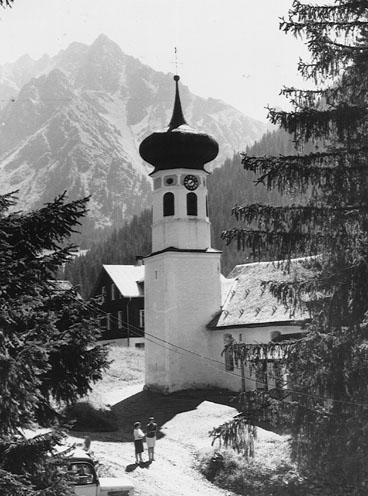| This Web book is based on public domain material provided by the US government and is available in several versions. See the editorial for more information. |

|

Home  The Society and Its Environment The Society and Its Environment  Geography Geography  Ecological Concerns Ecological Concerns |
|||
| See also: The Green Parties, New Focus on Europe, The Society and Its Environment | |||






|
|||
Ecological Concerns
Austrians face a number of ecological problems in the 1990s. One of the most pressing is the pollution caused by the staggering increase of traffic through the country. Traffic on the superhighway going through the Brenner Pass has, for example, increased from 600,000 vehicles per year in the early 1970s to over 10 million per year in the early 1990s. One-quarter of the traffic crossing Austria consists of semitrailers used for heavy transport. The opening of Eastern Europe has only exacerbated the problem of transit traffic. The Alpine valleys through which much of this traffic passes are unusually vulnerable to ecological damage. Narrow valleys are not conducive to dissipation of noise or pollutants caused by motor vehicles. Inversions--cold layers of air that trap warm layers of air or warm layers of air that trap cold layers in the valleys and lowlands--also seasonally contribute to the magnitude of the pollution problem. Austria has negotiated with the EU to set limits on the amount of commercial transit traffic, especially through Tirol. Work is also under way to develop a "piggy-back" system of loading semitrailers on to flatbed railroad cars in southern Germany and northern Italy, transporting them through Tirol by rail. Environmentalists have pushed for measures that are more far-reaching. They advocate, for example, digging a tunnel from Garmisch Partenkirchen in southern Germany to Bolzano in northern Italy. Pollution is also brought by the weather systems that determine the country's climate. Atlantic maritime weather systems carry pollution into Austria from northwestern Europe. Austria's proximity to industrialized regions of former Communist states, with negligible or no pollution control policies or equipment, combined with the influence of continental weather systems also have proved to be extremely harmful. Mediterranean weather systems transmit industrial pollutants from northern Italy. As a result of domestic and foreign pollution, 37 percent of Austria's forests had been damaged by acid rain and/or pollutant emissions by 1991. The damage to forests has had dire consequences, including the decimation of forests that for centuries had protected many Alpine communities from avalanches, erosion, mud slides, or flooding caused by runoff. The seriousness of the ecological problems confronting the country gave rise in the 1970s to an environmentalist movement. Political parties were formed, and representatives were elected to parliament (see The Green Parties). A referendum in 1978 closed down a newly completed nuclear power plant and turned the country away from the exploitation of nuclear energy. Public opposition in 1984 stopped the planned construction of a hydroelectric power plant in a wetlands region. The country's long-standing commercial use of the Alps for recreational purposes has also come under examination. Extensive tourism places an inordinate amount of pressure on sensitive Alpine ecosystems. Ski runs damage forests, as do summer sports such as off-trail mountain hiking or mountain biking. Many Alpine villages have also grown greatly because of the tourist industry. In extreme cases, they have up to twenty hotel beds for each inhabitant, a ratio that places a disproportionate seasonal burden on communal infrastructures and the environment. For these reasons, efforts have been made to introduce "green" or "soft" forms of tourism that are more compatible with the Alpine environment. Part of the solution to Austria's ecological problems is being sought in stricter environmental legislation at the domestic level. Ultimately, however, pan-European and global cooperation in the realm of pollution and emission control will be necessary to protect the country's environment.
|
|||
Home  The Society and Its Environment The Society and Its Environment  Geography Geography  Ecological Concerns Ecological Concerns |
|||
Last Update: 2009-06-21


